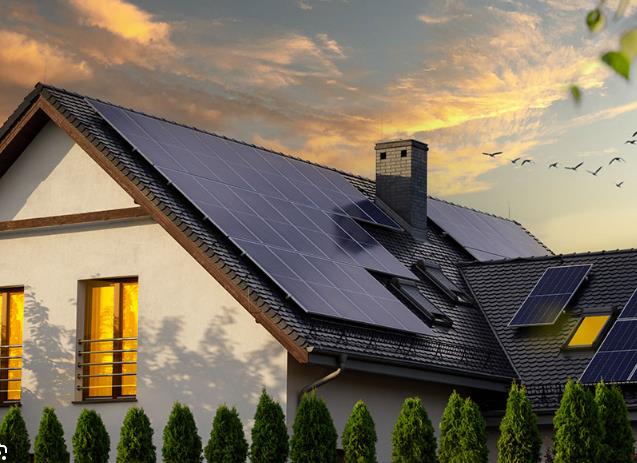Which Roof is Best Suited for Solar Panels?
As the world shifts towards renewable energy, solar panels have become a popular choice for homeowners looking to reduce their carbon footprint and electricity bills. However, not all roofs are created equal when it comes to solar panel installation. Let’s delve into the characteristics that make a roof ideal for solar panels, ensuring you make an informed decision about harnessing solar power.

Optimal Roof Material
The best roof for solar panels typically involves materials that provide durability and ease of installation. Metal roofs with standing seams are top contenders, as they offer a straightforward clamping point for solar panels without drilling into the roof. Asphalt shingles, the most common roofing material, also provide a suitable surface for solar installations due to their durability and ease of modification. Tile roofs, while durable, may require additional framing, making the installation process slightly more complex.
Ideal Roof Pitch and Orientation
The pitch, or angle, of your roof can significantly affect solar panel performance. An optimal pitch is typically around 30 to 45 degrees, allowing for maximum sunlight exposure. However, installations on roofs with pitches outside this range can still be effective, especially with adjustable mounting systems. Orientation is another critical factor, with south-facing roofs in the Northern Hemisphere receiving the most sunlight throughout the year. East or west-facing roofs can also be suitable but may produce slightly less electricity.
Structural Integrity
The ability of a roof to support the additional weight of solar panels is crucial. Solar panels, including their mounting systems, can add an additional 2 to 4 pounds per square foot of roof space. Ensuring your roof can handle this load, especially in regions prone to heavy snowfall, is essential for a safe and sustainable solar panel installation.
Shade and Sun Exposure
A roof free from shade and obstructions like chimneys or trees can maximize solar panel efficiency. Continuous sun exposure is key to generating ample electricity. Even partial shade can significantly reduce a solar panel system’s output, making the positioning of panels on the roof a critical consideration.
Size and Space
The amount of available roof space dictates the size of the solar panel system you can install. Larger, unobstructed roofs offer the potential for more significant electricity generation, making them more suited for solar installations. The goal is to have enough space to meet your energy needs without overcrowding the roof.
Best Roof for Solar Panels: A Comprehensive Guide
In conclusion, while many roofs can accommodate solar panels, those made from metal or asphalt shingles, with a pitch of 30 to 45 degrees, facing south, and free from shade, are generally considered the best. Assessing the structural integrity and available space of your roof is also paramount. By understanding these key factors, homeowners can ensure their roof is primed for an efficient and effective solar panel system.
Harnessing Solar Power: The Right Roof Makes All the Difference
Choosing to install solar panels is a significant step towards sustainable living. With the right roof, you can optimize your solar panel system’s efficiency, contributing to environmental conservation and enjoying savings on energy costs. Remember, consulting with solar installation professionals can provide tailored advice on making your solar energy project a success, ensuring your roof is well-suited to join the renewable energy revolution.
